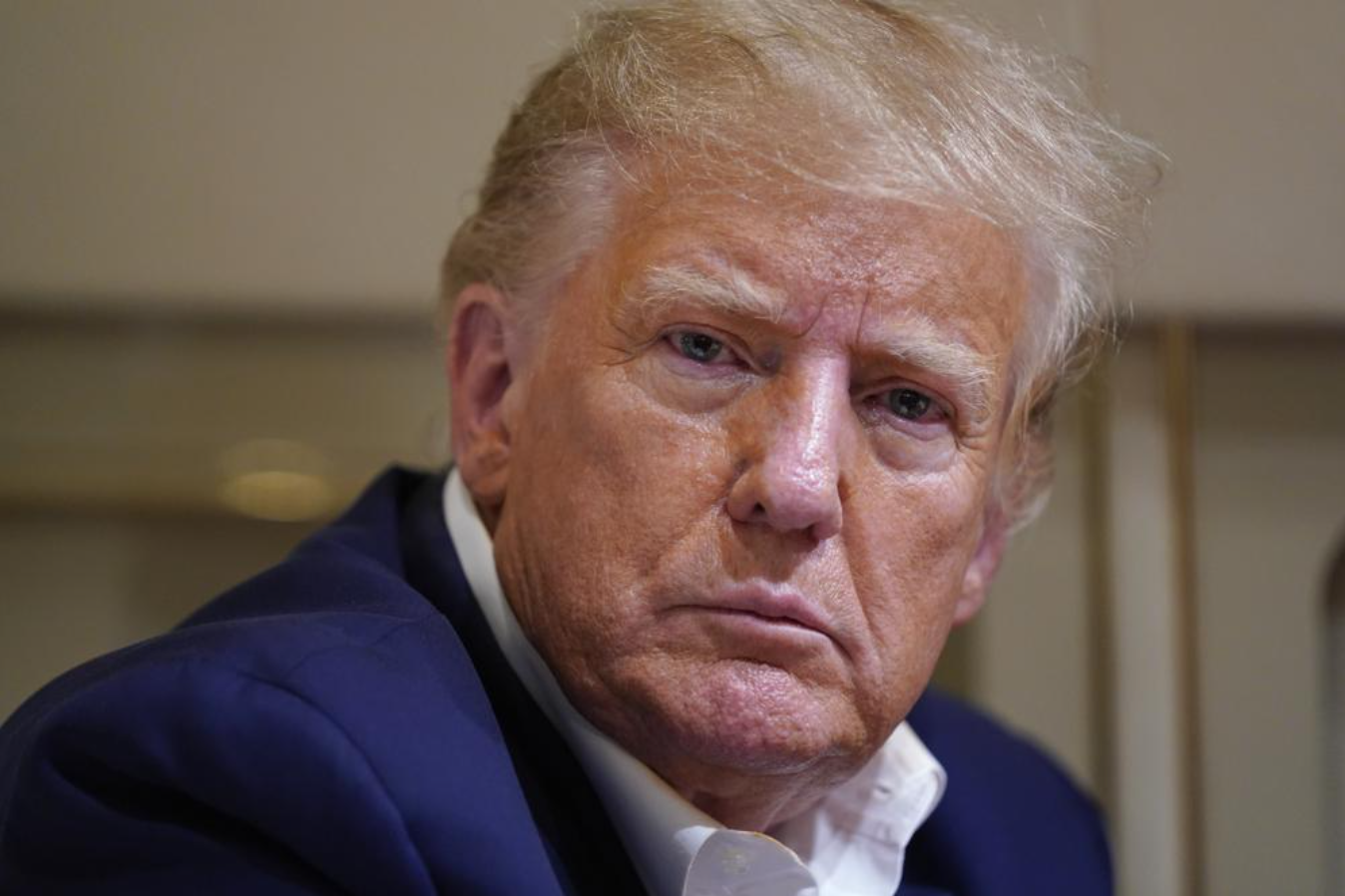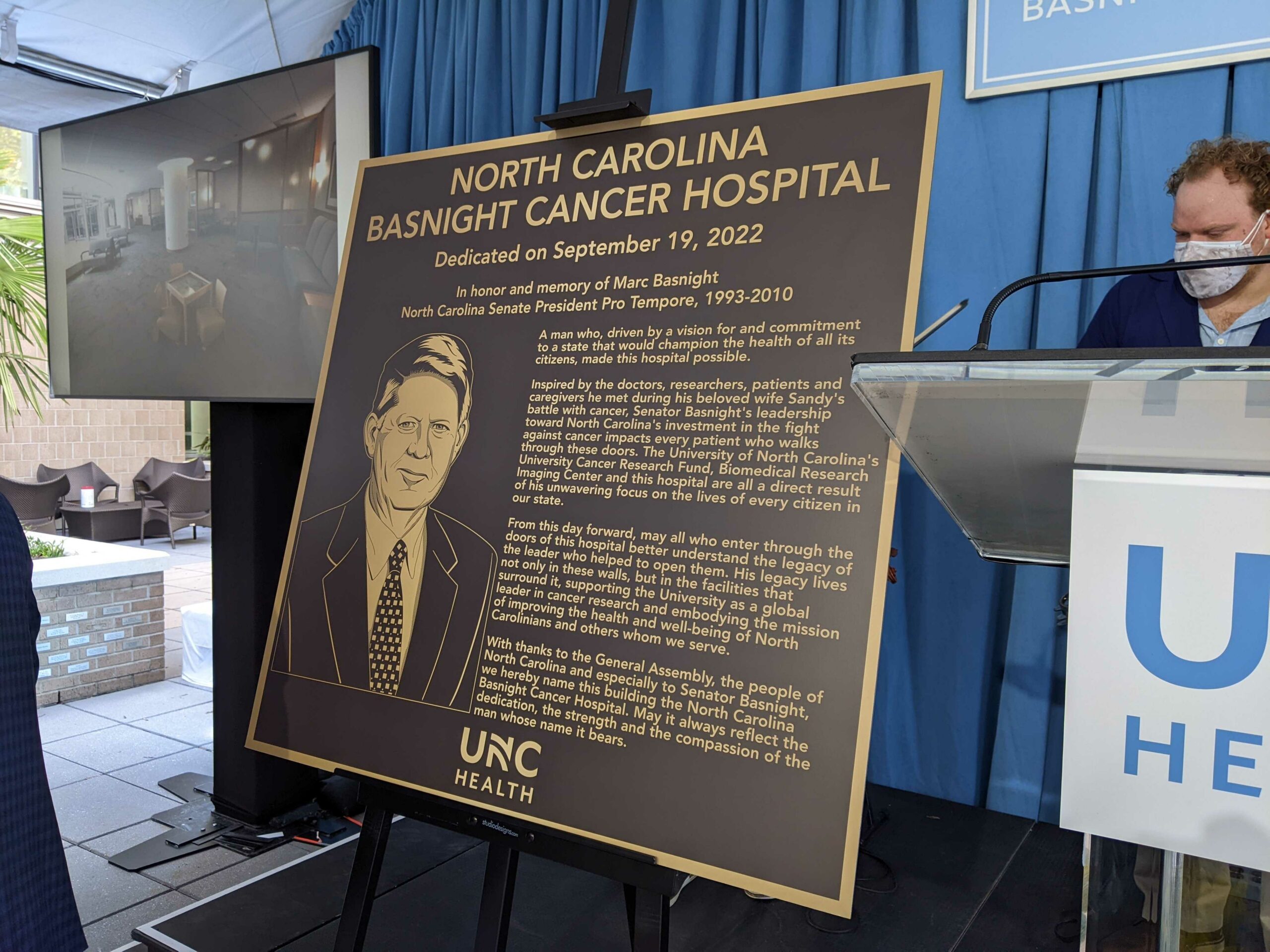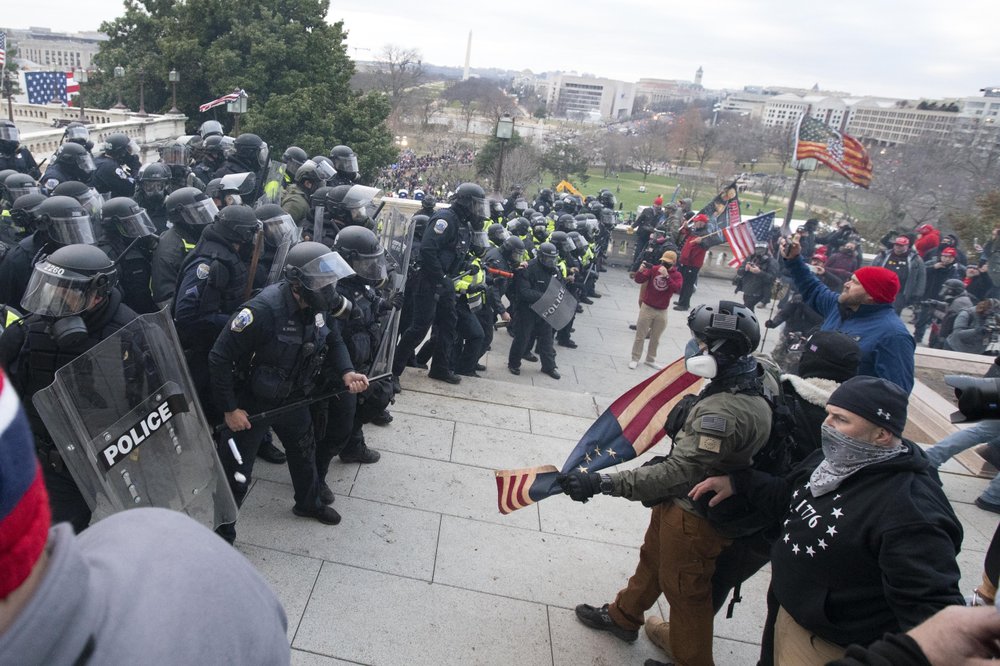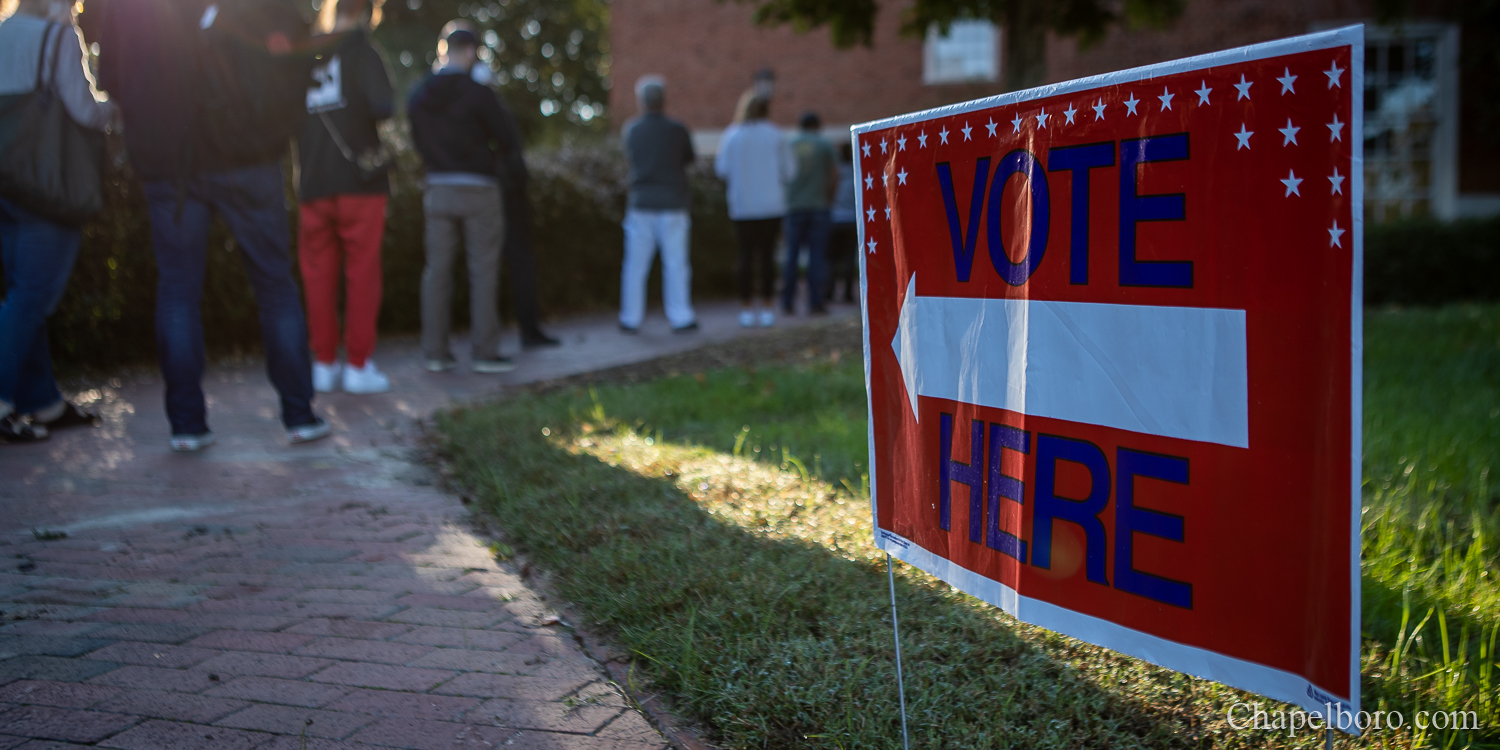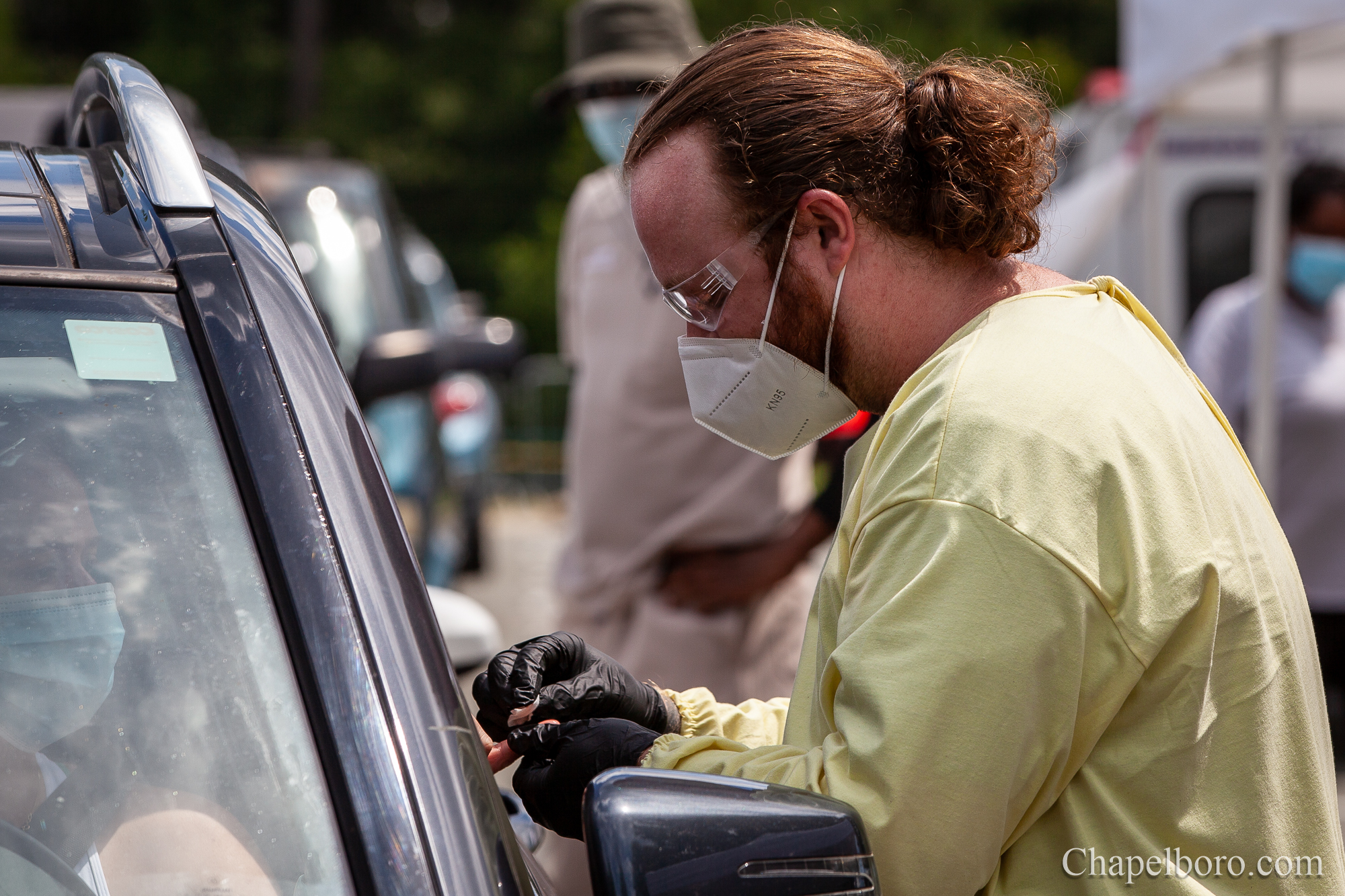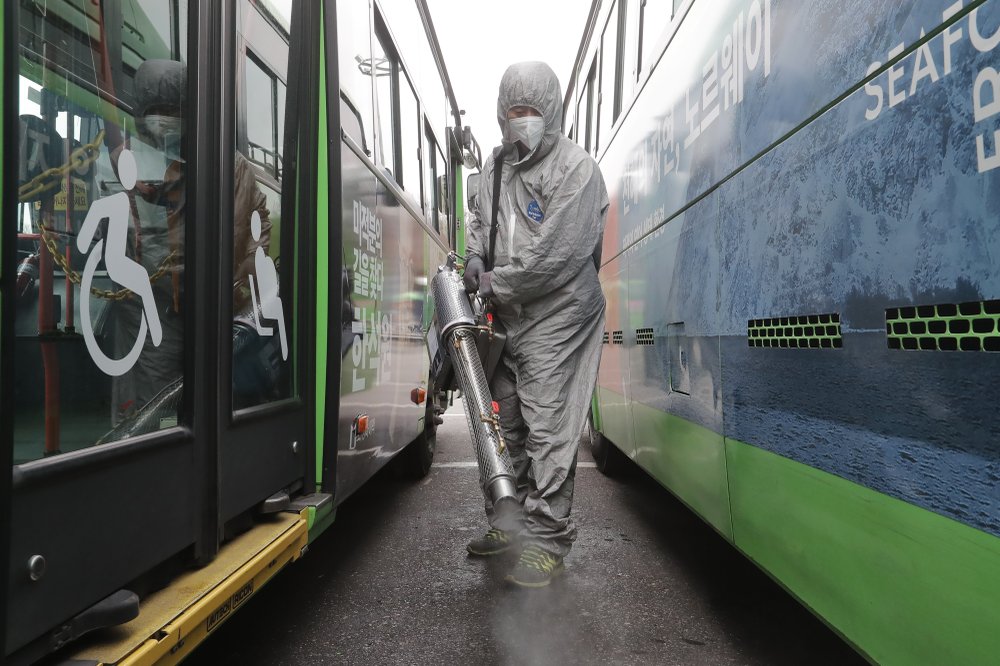If blatant lies and thoughtless blunders are rain, the United States of America is in the midst of a monsoon. From “covfefe” to Kathy Griffin, it looks like we’re not due for clear skies any time soon.
Each passing day, some new “alternative fact” surfaces, another presidential Tweet elevates eyebrows and hackles across the nation, and yesterday’s controversies become buried in the fresh hell being raised in Washington today. It’s exhausting for both sides of the aisle and for the citizens they represent.
We have a president that pushes others out of the way at a NATO summit, who openly mocks a reporter with a disability and subsequently denies that same event, despite it being clearly captured on video. Our commander-in-chief asks those around him to pledge “loyalty,” and disseminates classified information as he sees fit while allegedly being unable to release his tax returns due to an “audit.” Our Head of State indirectly claims that obvious typos are intentional, and plays both victim and strongman as the situation demands.
Blatantly false claims of “wiretapping” and surveillance by opposed parties. Obvious conflicts of interest and ethics violations under the “Emoluments Clause” of our Constitution. The list of egregious offenses grows longer by the day, and the Trump administration seems to be in a constant state of peril. Yet, this is what well over 62 million people voted for – and the Washington Post reports that just three percent of those voters regret their decision.

“The first task for our new administration will be to liberate our citizens from the crime and terrorism that threatens our communities.” These words echoed from the podium at the Republican National Convention, soon after Donald Trump was confirmed as the Republican presidential candidate. He elaborated with a long list of incidents involving violence against law enforcement personnel, ending with this: “I have a message to every last person threatening the peace on our streets and the safety of our police: When I take the oath of office next year, I will restore law and order to our country.”

Donald Trump (via Flickr)
To what violence was now-President Trump referring? According to the Law Enforcement Officers Killed and Assaulted (LEOKA) statistics released by the FBI, the annual average number of “felonious killings” of police during 2006 to 2015 was 49.6 – far less than recent highs in the 1970s, where the same average was well over 100. This number is significant not only because of a decrease of over 50 percent, but also because over a quarter of million more police officers are in service today than were three decades ago.
Many Americans hold the belief that crime and terror are spiraling out of control, they fear cartels crossing the Mexican border, see shadows of terrorists behind corners both at home and abroad, and accept the portrayal of police as being regularly gunned down in the streets. These ideas are central to Trump’s appeal to his voter base and their desire to “protect our country,” and who wish to “make America great again.”
“It’s carnage,” says Trump in an interview with ABC anchor David Muir. “You know, in my speech I got tremendous – from certain people, the word carnage. It is carnage. It’s horrible carnage. This is Afghanistan – is not like what’s happening in Chicago. People are being shot left and right. Thousands of people over a period – over a short period of time.”
The fact is, the murder rate in Chicago doesn’t crack the top ten cities in the United States. These “alternative facts” are given weight by Trump’s words and Tweets, the kind of weight that led 78 percent of Trump-aligned voters to believe that crime has worsened during the past eight years – despite statistics staunchly saying otherwise.
Trump’s biography mentions to use of “truthful hyperbole,” but when does hyperbole stop being the truth? What does the truth matter when the people casting votes no longer trust the American political system, or the media outlets that supposedly fulfill the role of watchdog?
“He’s mounting an attack on the media that’s a public opinion attack, not a legal attack,” said George Freeman, executive director of the Media Law Resource Center and former assistant general counsel of the New York Times in a lecture and Q&A session at the University of North Carolina at Chapel Hill. “He’s trying to minimize the importance of the media, downplay the credibility of the media. He does this every day. I saw a poll that said 40 percent of people believe that the media is the enemy of the American people. That’s shocking and scary, and that, to me, is a much more important battleground than the legal issues.”
With constant – and unprecedented – direct attacks from the  president himself via social media, brazen denial of facts and increasingly bizarre behavior, the water muddies to the point where cynicism reigns supreme and disillusionment is the order of the day. Like five fire drills in a week or ten too many cries of “wolf,” a populace expecting only more falsehood and fearmongering finds it all too easy to simply turn down the dial.
president himself via social media, brazen denial of facts and increasingly bizarre behavior, the water muddies to the point where cynicism reigns supreme and disillusionment is the order of the day. Like five fire drills in a week or ten too many cries of “wolf,” a populace expecting only more falsehood and fearmongering finds it all too easy to simply turn down the dial.
“I don’t think the press has ever been subject to a day-by-day attack every single day by the president himself,” said Freeman. “Not his cronies, not his agents, but the president himself Tweeting, putting his messages out there by himself. Thomas Jefferson had problems with the press, but Thomas Jefferson also said if he had a choice between a government without a free press or a free press without government, he would take free press with no government.”
Constant personal engagement with both the people and the press that is supposed to serve as their watchdog is usually reserved for the campaign trail. For a president with the lowest approval ratings in modern history, the campaign is never over.
Just before the historically significant “100 days” mark, 59 percent of the American population – as surveyed by Gallup – actively disapproved of Trump’s job performance. Only 35 percent expressed approval. In an attempt to counter reports of sweeping dissatisfaction, a campaign-style rally was held in Pennsylvania.
“My administration has been delivering every single day for the great citizens of our country,” announced Trump’s amplified voice to a crowd in Harrisburg, PA. “We are keeping one promise after another, and frankly the people are really happy about it.”
This rally took place on the same day as a march focused on climate-related issues surrounded the White House with thousands of protesters, and also with the annual black-tie press dinner in Washington. Members of the Trump administration declined to attend while the president himself elected to hold his rally in Pennsylvania, citing unfair treatment by the press as the main reason for declining to attend. Trump was the first president in 36 years to skip the dinner.
“A large group of Hollywood actors and Washington media are consoling each other in a hotel ballroom in our nation’s capital right now,” Trump said in Harrisburg, PA. “If the media’s job is to be honest and to tell the truth, the media deserves a very, very big fat failing grade.”

“Sometimes we can disagree with the facts,” said White House press secretary Sean Spicer in January, coining a phrase that has remained relevant for the entirety of the Trump administration, from inauguration numbers to budget proposals. When giving a commencement address at the United States Coast Guard Academy, Trump chose to veer away from traditional commencement topics and speak about how “no politician in history … has been treated worse or more unfairly” and list the alleged accomplishments of his administration so far.
“In the 50s, the press role was basically just to report whatever government said,” said Freeman. “That’s why Joe McCarthy got where he was. The press just reported all his demagoguery and didn’t question it. They were just transcribers of government reports.”
According to Freeman, that changed in the era of the Vietnam War and the Watergate scandal. With news sources no longer content with transcribing, investigative journalism as we know it today was born.

NEW YORK, NY – JUNE 16: Business mogul Donald Trump points as he gives a speech as he announces his candidacy for the U.S. presidency at Trump Tower on June 16, 2015 in New York City. Trump is the 12th Republican who has announced running for the White House. (Photo by Christopher Gregory/Getty Images)
“What they would do would be put in four or five quotes from people shedding doubt,” said Freeman. “They would say ‘no facts had been found to support it,’ they would give a denial, and the reader would be led to understand that they were placing some doubt.”
In the case of Donald Trump, however, a major shift has taken place.
“Two months before the election, that his lies were so huge and so continual – and so different from the usual political spin – that in September the Times and the Washington Post actually said that he was lying, that he was speaking untruths,” said Freeman. “That was unprecedented.”
Of course, there’s plenty that’s unprecedented in the Trump administration. Press conferences more closely resemble canned speeches, where questions aren’t taken. Amidst promises to “drain the swamp,” executive orders have been signed that waive restrictions on ethics violations for senior White House staff. Entire topics, such as the continually-reappearing question of ties between the White House and the Russian government, have been put off-limits.
“Crooked” Hillary Clinton still isn’t in jail, the construction of a wall between the United States and Mexico is seemingly permanently stalled, and Trump’s frequent visits to Mar-a-Lago have caused problems for the community. A healthcare crisis has one foot in the door, and disastrous actions to reverse climate change legislation have resulted in the Twitter rebellion of the National Park Service and global concern over the state of our union.

All of this, and the particular hill that our current administration is prepared to die on today is that a late-night Presidential Tweet with an obvious typo was intentional, coded communication with a “small group of people” who “know exactly what he meant.” The hours between the Tweet led directly to our President deleting the now-infamous 43 characters and issuing a challenge to “figure out the true meaning of ‘covfefe’,” complete with an unnecessary amount of questions marks.

Twitter jokes and internet humor have been able to easily goad our sitting President and his staff into painting what was so painfully obviously a simple misspelling of “coverage” that, for whatever reason, was left alone until the next morning as entirely intentional as part of some grand design. The kerfuffle surrounding “covfefe” has much less to do with the humorous misspellings of Trump and much more to do with intentional, and often pointless, deception.
 Then again, misdirection and blame-shifting are hallmarks of Trump’s quasi-populist rise to power. On the same day as “covfefe” was trending towards headlines and appearing in articles, controversy arose around Kathy Griffin, who took part in a photoshoot featuring a severed head clearly resembling Donald Trump. Griffin was almost immediately reprimanded by everyone from Donald Trump Jr. to Anderson Cooper for what was interpreted as a tasteless attempt at intersecting humor and art, with Griffin losing work and sponsorship over the matter. Griffin issued a series of apologies, but it’s the reaction of Team Trump and their supporters that really matters.
Then again, misdirection and blame-shifting are hallmarks of Trump’s quasi-populist rise to power. On the same day as “covfefe” was trending towards headlines and appearing in articles, controversy arose around Kathy Griffin, who took part in a photoshoot featuring a severed head clearly resembling Donald Trump. Griffin was almost immediately reprimanded by everyone from Donald Trump Jr. to Anderson Cooper for what was interpreted as a tasteless attempt at intersecting humor and art, with Griffin losing work and sponsorship over the matter. Griffin issued a series of apologies, but it’s the reaction of Team Trump and their supporters that really matters.
 “Imagine a conservative did this”? How easily the past is forgotten. A call for a day centered on “National Burning of Effigies and Images of President Hussein Obama,” however shameful, is thankfully recorded on video, including footage of an Obama effigy being lynched and lit on fire. Just this week, a noose was purposefully left inside an exhibit on segregation in the Smithsonian National Museum of African-American History and Culture. Numerous incidents of violence and racially motivated aggression were perpetuated immediately following President Obama’s election, from three white male attackers breaking the nose and fracturing the eye socket of an Obama campaign worker while screaming “F**k Obama” and “N****r” president.” Closely following Obama’s victory, a predominately black church in Massachusetts was burned.
“Imagine a conservative did this”? How easily the past is forgotten. A call for a day centered on “National Burning of Effigies and Images of President Hussein Obama,” however shameful, is thankfully recorded on video, including footage of an Obama effigy being lynched and lit on fire. Just this week, a noose was purposefully left inside an exhibit on segregation in the Smithsonian National Museum of African-American History and Culture. Numerous incidents of violence and racially motivated aggression were perpetuated immediately following President Obama’s election, from three white male attackers breaking the nose and fracturing the eye socket of an Obama campaign worker while screaming “F**k Obama” and “N****r” president.” Closely following Obama’s victory, a predominately black church in Massachusetts was burned.
Suppression is key to the continued victory of Trump and those that align with him. Suppression through misdirection, though distraction and violence. When Turkish president Recep Tayyip Erdoğan visited the White House and found protesters outside the Turkish embassy, men associated with the Turkish government descended upon the crowd and injured eleven people. Nine were hospitalized. Did Trump Tweet about this? No, but John McCain did. Did Trump issue a statement? No, but the State Department did. How many Turkish diplomats were expelled? How many of the men were arrested? On both counts, none. For a president that consistently calls for a stronger America and who “won’t be pushed around,” this is an indication of a severe lack of the backbone so desperately needed in leadership.
Trump, and by extension the United States itself, is being tested. Tested not only by Russian President Vladimir Putin and North Korean Supreme Leader Kim Jong Un, but by other nations and their leaders. We paint ourselves as the “leaders of the free world,” but that leadership is slipping.
Trump is insecure. He is inefficient. Impulsive Tweets at all hours of the night, defending himself with baseless boasting and rambling speeches. Trump’s continued poor response to trivial displays of aggression and pushback invite larger and more consequential forms of the same. On the world stage, that can mean anything from economic collapse in the West to open warfare. In the press and the court of public opinion, it means a population that grows more exhausted and apathetic by the minute.
“Failing New York Times, all the little gimmicks, NBC reported this bad – this barrage is a strategy to undermine the press,” said George Freeman. “So that when the press comes with bad things about this administration he’s going to say ‘Well, don’t believe them! I’ve been telling you all along they make stuff up! They’re bad! They’re biased!’ So it’s all part of the strategy to undermine their credibility, and I think that’s dangerous.”


